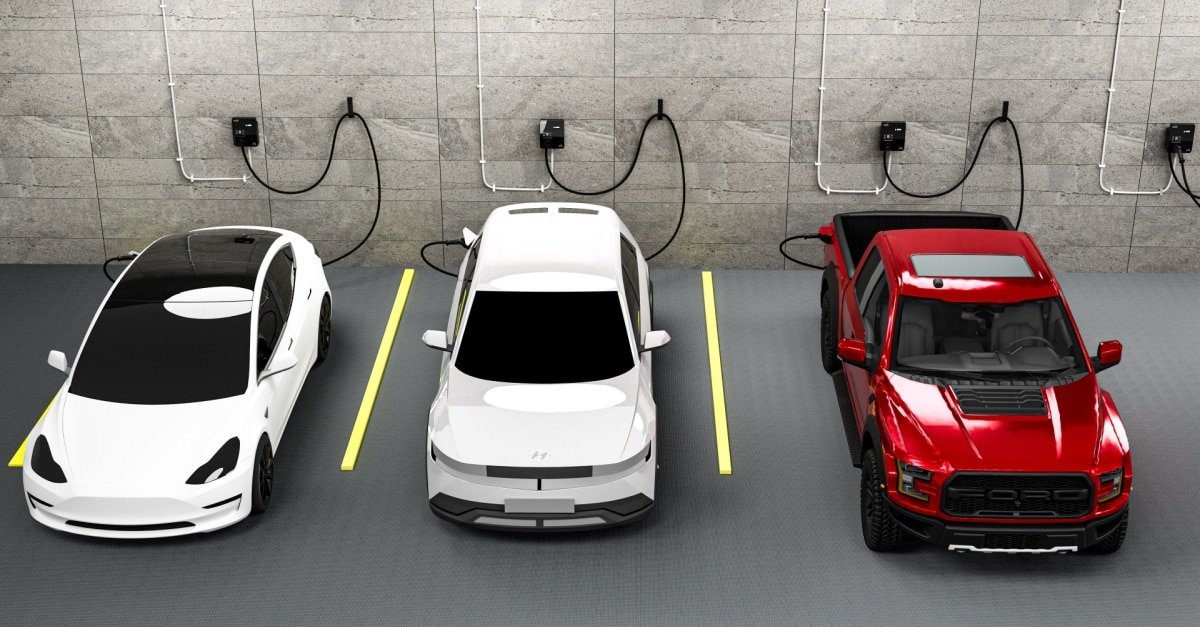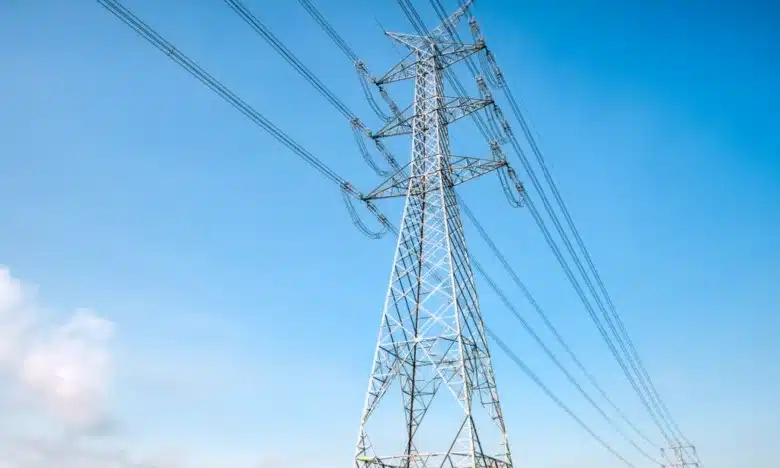
EV Trends, Challenges, and the Tech Shaping the Future
- June 25, 2025
According to the International Energy Agency (IEA), electric vehicles (EVs) hit a major milestone in 2024, making up one in five cars sold worldwide. Global EV sales reached 17 million—up by 3.5 million from the previous year—marking a sharp acceleration in demand. The growth was fueled in part by falling prices, with EVs now cheaper than conventional cars in many markets.
Analysts expect the trend to continue, with some regions projected to see one in four new cars sold this year powered by electricity.
(Also read: EV Boom Sparks Energy Supply Concerns)
The upside of the EV surge
Electric vehicles (EVs) help reduce global demand for oil, making countries less dependent on imported fuel. As more EVs run on locally generated electricity, nations become less vulnerable to price spikes and supply disruptions in the global oil market. This shift strengthens overall energy security.
China, the world’s largest oil importer, has embraced EVs to reduce its reliance on foreign oil and improve energy security. The strategy is showing results. In 2024, EVs helped cut global oil demand by an estimated 1.5 million barrels per day.
The rise of EVs also offers a clear path to cleaner air in urban centers. In the Philippines, vehicles are a major source of air pollution, responsible for about 80% of harmful emissions in Metro Manila. The country ranked 74th out of 138 in global air quality in 2024, with PM2.5 levels three times higher than the World Health Organization’s (WHO) recommended limit.
China’s dominance is a strategic risk
China has emerged as the dominant force in global electric car sales, driving much of the market’s growth. In 2024, nearly half of all cars sold in China were electric—around 11 million units. That figure surpassed the combined EV sales of Europe and the US, accounting for roughly two-thirds of global electric car sales.
About 70% of the world’s electric vehicles last year came from China, supplying both its domestic market and increasing exports. The government began supporting the industry as early as 2001, promoting demand, local manufacturing, and control over the entire supply chain—from mineral extraction to battery production. This integrated approach has helped China maintain lower production costs than most global competitors.
However, China’s dominance in global EV output extends to battery tech and critical mineral refining, giving Beijing pricing power and geopolitical leverage. Further, The Times of India reports that China’s tightening of rare-earth magnet exports has already disrupted foreign EV sectors, underscoring the vulnerabilities of overreliance on a single supplier.
According to the IEA, countries are already moving to reduce supply chain risks tied to China’s EV dominance by investing in smaller producers and expanding processing capacity elsewhere. The EU, for instance, is pushing for diversified sourcing and stricter caps on supply chain concentration. These efforts aim to lessen dependency on a single country and build resilience in the clean energy transition.
At the same time, with 20% of EVs traded globally in 2023, the international market remains vulnerable to tariffs, raising concerns that trade tensions could significantly affect consumer prices.
Vehicle-to-grid tech, a potential game changer
One growing concern with the rapid growth of EVs is the added pressure on power grids, particularly during peak charging times. However, emerging technology offers a solution. Vehicle-to-grid (V2G) systems are gaining ground, enabling EVs to send power back to the grid.
This bi-directional charging allows EVs to store electricity during low-demand periods (like overnight or midday solar peaks) and feed it back during high-demand times, effectively shifting energy around the grid and reducing stress on power plants.
The technology is gaining ground, with over 100 V2G trials active globally.
In the Netherlands, MyWheels is rolling out 500 Renault EVs with bidirectional chargers in Utrecht—the largest V2G car-share project in Europe.
China has launched V2G pilots in several major cities, including Beijing and Shanghai.
In Australia, sixteen Nissan Leafs in Canberra supported the grid within six seconds during a blackout, proving V2G’s emergency potential.
Meanwhile, in Oakland, California, 74 electric school buses will double as mobile batteries, feeding power back during peak demand to help offset operational costs.
Global Market Insights pegged the global V2G market’s value at $3.4 billion in 2024 and is forecasted to grow at approximately 38% annually through 2034, reaching around $80 billion.
(Also read: Seasonal Shifts Challenge Renewable Reliability)
Can the Philippine grid keep up?
By the end of March 2025, the Philippines had 912 operational EV charging points nationwide, according to the Department of Energy (DoE). Under its Comprehensive Roadmap for the Electric Vehicle Industry, the government aims to grow this network to over 7,000 by 2028.
Additionally, the DoE has issued the Implementing Guidelines on Obligations, Requirements, Specifications, and Interconnectivity (IG‑ORSI) for EV charging station providers. These new rules establish standardized installation procedures, especially for fast DC (Mode 4) chargers, with robust safety protocols and mandated grid interconnections to ensure stations meet consistent performance and operational standards.
Under the proposed Charging Infrastructure Development Plan (CIDP), the DoE will synchronize EV charging deployment with the Philippines’ Distribution Development Plan. This coordination is designed to guarantee sufficient grid capacity, aiming to prevent power outages or instability as EV adoption increases.
However, nearly 60% of the almost 7,000 power projects slated for commercial operation in 2025 are renewable facilities, primarily solar and wind. Because solar and wind production rises and falls with the weather, grid operators sometimes have to throw away some of that electricity when transmission lines fill up or spot‑market prices crash. Analysts tracking Asian power systems say this “curtailment” already reaches roughly 10 to 15 % in the Philippines’ busiest corridors, a figure expected to grow unless bottlenecks are fixed.
Transmission expansion is also running behind schedule. In its March 2025 Transmission Development Plan, the National Grid Corporation of the Philippines (NGCP) conceded that nearly one‑third of projects due online between 2025 and 2027 still lack the mandatory system‑impact studies needed for a grid connection. This indicates that new renewable blocks could sit idle or force load shedding when they finally energize.
Moreover, energy storage, which helps balance the ups and downs of solar and wind power, is not keeping up. Only 230 battery storage projects are in the pipeline, and the Department of Energy’s first auction for renewable energy with storage, totaling just 1.1 gigawatts, will not start delivering power until 2026 to 2029. This leaves the grid exposed to sudden changes and instability for several more years.
Still, if the Philippines wants to keep pace with the global rise of electric vehicles, it must ensure a stable and reliable energy supply. While renewables are essential to a cleaner future, their intermittent nature means they cannot carry the load alone. Without dependable backup power, the country’s EV ambitions risk outpacing the grid’s ability to support them.
Sources:
https://open.spotify.com/episode/7vDSFpNI0sOcG7UR9uVdF0?si=X7NhXpeKRvajQW9ChnaexQ
https://www.iqair.com/philippines
https://www.evrange.com/ev-range-insights/how-vehicle-to-grid-v2g-technology-is-revolutionizing-the-ev-ecosystem-in-2024
https://en.wikipedia.org/wiki/Vehicle-to-grid
https://www.wired.com/story/electric-vehicles-could-rescue-the-us-power-grid
https://www.axios.com/newsletters/axios-future-of-mobility-a9d51260-198a-11f0-9bff-37b5fd96ac15
https://www.bworldonline.com/the-nation/2025/04/01/663289/doe-to-issue-guide-for-ev-stations
https://www.pv-magazine.com/2025/02/17/philippines-banks-on-solar/
https://www.energytrend.com/news/20250314-49145.html
https://reglobal.org/philippines-grid-expansion-ngcp-focuses-on-renewables-integration/
https://business.inquirer.net/501009/renewables-dominate-pipeline-of-new-power-projects-in-2025



